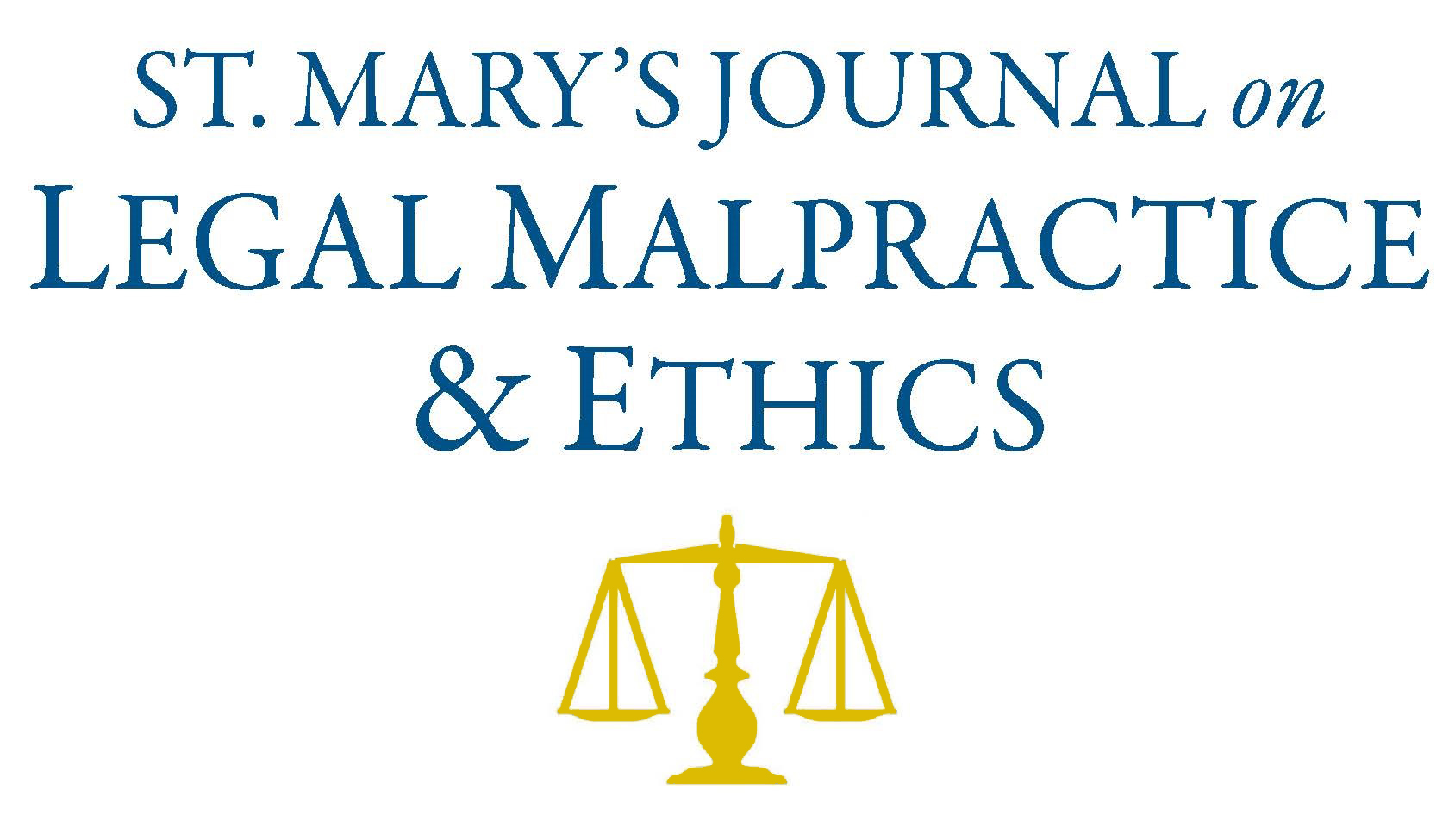
First Page
342
Date Created
8-2019
Publisher
St. Mary's University School of Law
Editor
Katherine Zampas
Last Page
381
Abstract
At an accelerating pace since the recession, our legal profession has been undergoing structural changes in the delivery of many legal services. At the same time, longstanding principles of ethics continue to govern the day-to-day lives of practicing lawyers.
This article lays out four examples of how meaningful change in lawyer practice has been accomplished since the turn-of-the-century with continued adherence to bedrock professional concepts. First, the rules now embrace the multi-jurisdictional practice of law, while the disciplinary authority of each jurisdiction is emphatically confirmed and strengthened. Second, rules on lawyer advertising are streamlined to grant largely open-ended permission for lawyers to communicate about legal services, while direct solicitation of clients by lawyers remains strictly prohibited. Third, new exceptions to the confidentiality rule permit (and perhaps require) disclosures to prevent and mitigate financial harm, but are confined to circumstances where the lawyer’s legal services were abused and thus largely parallel to the longstanding crime-fraud exception to the attorney-client privilege. Finally, proposals to allow lawyers to engage in multi-disciplinary practice have faltered again and again, and, in any event, have typically been modest in ensuring that ultimate control of entities engaged in legal practice be reserved to lawyers.
In sum, while rules of professional conduct are not static and are constantly under evolutionary revision, the foundational concepts of lawyer ethics remain deeply-rooted.
Recommended Citation
Gregory C. Sisk,
“The More Things Change, the More They Remain the Same:” Lawyer Ethics in the 21st Century,
9
St. Mary's J. on Legal Malpractice & Ethics
342
(2019).
Available at:
https://commons.stmarytx.edu/lmej/vol9/iss2/5
Included in
Legal Ethics and Professional Responsibility Commons, Legal History Commons, Legal Profession Commons, Legal Remedies Commons

